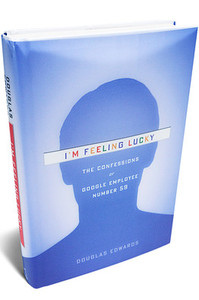If “necessity is the mother of invention,” then why did it take so long for someone to invent the louvered slats mentioned at the end of this passage?
(p. 55) In even the best homes comfort was in short supply. It really is extraordinary how long it took people to achieve even the most elemental levels of comfort. There was one good reason for it: life was tough. Throughout the Middle Ages, a good deal of every life was devoted simply to surviving. Famine was common. The medieval world was a world without reserves; when harvests were poor, as they were about one year in four on average, hunger was immediate. When crops failed altogether, starvation inevitably followed. England suffered especially catastrophic harvests in 1272, 1277, 1283, 1292, and 1311, and then an unrelievedly murderous stretch from 1315 to 1319. And this was of course on top of plagues and other illnesses that swept away millions. People condemned to short lives and chronic hardship are perhaps unlikely to worry overmuch about decor. But even allowing for all that, there was just a great, strange slowness to strive for even modest levels of comfort. Roof holes, for instance, let smoke escape, but they also let in rain and drafts until somebody finally, belatedly invented a lantern structure with louvered slats that allowed smoke to escape but kept out rain, birds, and wind. It was a marvelous invention, but by the time it (p. 56) was thought of, in the fourteenth century, chimneys were already coming in and louvered caps were not needed.
Source:
Bryson, Bill. At Home: A Short History of Private Life. New York: Doubleday, 2010.





